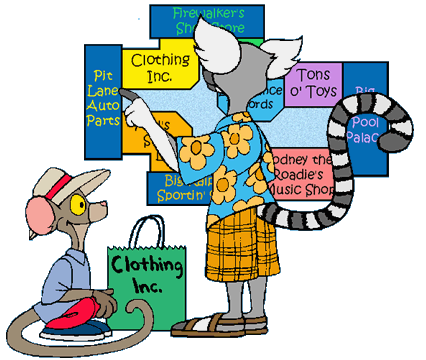It’s Tuesday, and time for Charlie to study Science I will be checking out the following Recommended Websites for Charlie and I thought you might like to check into them as well. If you have used these resources leave me a comment and let me know what you thought of them and why.

Age Range: 6-18 (Grades 1-12, with parental supervision) This fantastic website offers FREE videos about physics and astronomy featuring experts from The University of Nottingham, who explain the strange letters and squiggles (many more than 60 of them) used by scientists.
As explained at the website, “Sixty Symbols is a collection of videos by experts from The University of Nottingham. It’s worth noting many symbols have multiple uses across scientific disciplines and we sometimes tackle them from an unexpected viewpoint.” Here’s some of what you’ll see:
- Click on “E” for energy and see an Einstein doll on a swing as a demonstration of potential and kinetic energy.
- Click on the symbol for the planet Venus (looks like a hand mirror) and learn all about it. You’ll also learn the history of the symbol and its use as the universal symbol for women.
- What has a symbol of a cat got to do with physics? Visit the site, click on the cat and find out!
When you get to the site you’ll see the table of Sixty Symbols (and then some). Click on any one and a new page opens where a video launches that explains it. They are wonderfully engaging and educating.
Recommended Website: Kids’ Macrogalleria

Age Range: 5-13 (Grades K-8, with parental supervision) This educational website is a FABULOUS one for helping kids learn all about polymers. What’s a polymer? Go to the website and find out.
When you get to the site you’ll see a fun intro page with a menu that includes:
- What is a Polymer? – To get to the bottom of it you’ll learn about atoms, elements and molecules and then discover some great and not-so-great things about polymers.
- Where are Polymers? – Explore the online mall to discover polymers in shoes, clothing, auto parts, pool supplies, bagpipes, toys, food and more!
- Types of Polymers – There are many kinds of polymers – both natural and synthetic. Explore cellulose, rayon, starch, rubber, proteins, gelatin, epoxy, nylon, polyester, polystyrene, PVC, silicone and more to learn about polymers that are tough and hard as well as polymers that bend and stretch.
- Making Stuff – Learn how things are made from polymers. Discover composites, crosslinking, copolymers, and how polymers are made from monomers.
- Polymers in Action – Find lots of cool experiments you can do with polymers including the expanding Gummy Bear experiment under Paul’s Labs! Here’s the direct link
Play online games, including a mystery adventure about musical instruments under Flash Activities! Take polymer quizzes. Very young children may enjoy the “Find Paul” game (under Just for Fun) – go all over the website looking for Paul the Lemur, then enjoy his interactive coloring book and some activity pages that go with it.
This is a fun and engaging way to explore the science of polymers!
| Recommended Website: TED.com: Agile Aerial Robots Age Range: 9 and up (Grades 4 and up approximately; children with parental supervision) This is a fascinating and entertaining physics tutorial on the development of tiny, autonomous, agile, aerial robots that have many applications – from being first responders in disaster situations to playing musical instruments. In this 17-minute video filmed for TED.com (TED stands for “Technology, Entertainment & Design”), the speaker is Vijay Kumar from the General Robotics, Automation, Sensing and Perception (GRASP) Lab, at the University of Pennsylvania. He and his students blend computer science and mechanical engineering to create the next generation of robotic wonders. Watch as the flying quadrotor robots fly through hula hoops, work together to build construction projects, provide 3-D imaging of buildings, and even play musical instruments. If this doesn’t get you interested in science, physics, engineering, entertainment, and the possibilities they offer – nothing will. |
| Thank you, Glenda, Charlie and David Cates |